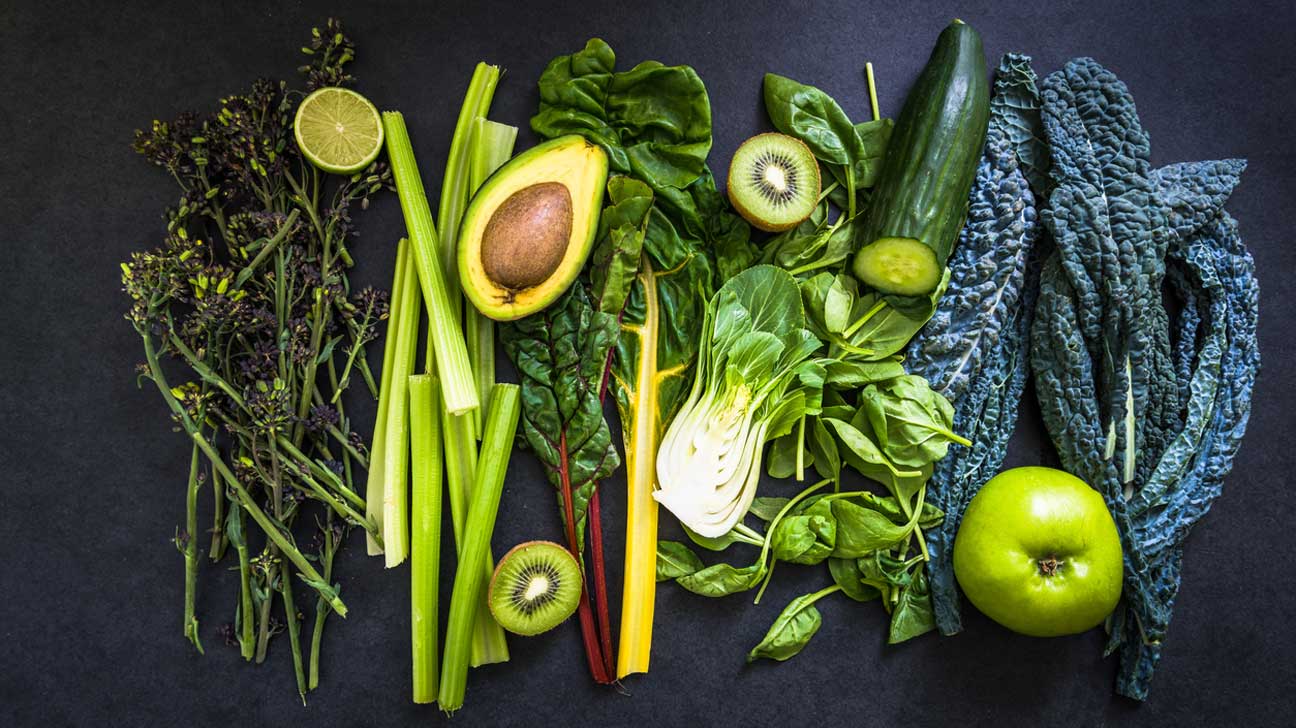Sedentary lifestyle and malnutrition often adversely affect the digestive system. To change the situation for the better, you can, for example, diversify your diet with useful plant fiber – fiber. This component of food, like mineral salts or water, plays one of the main roles in the life of the organism, but the average person uses it twice as low as the recommended rate (it is equal to 25-30 g per day). About the right way to eat and what foods to use to help digestion and stay healthy.

The term “fiber” is somewhat outdated, and in most cases, we use the concept of “dietary fiber”. This is the roughest part of the plant, which our digestive system cannot break down. Distinguish insoluble and soluble fiber. The first, like a “broomstick”, helps to remove from the body cholesterol, bile acids and waste, formed in the process of digestion, which is in the large intestine. Soluble fiber absorbs a large amount of water and turns into jelly, softening the stool and facilitating their excretion.
It should be noted that a diet that includes high-fiber foods, helps to eliminate constipation, reduces the risk of hemorrhoids, lowers cholesterol and blood sugar, helps maintain the normal weight, reduces the risk of developing colon cancer, heart disease and type 2 diabetes. Below we offer a list of 10 useful products, most rich in plant fibers.
Insipid and dangerous bread: why is the main product – spoiled?
1. Whole-grain bread.
One of the most accessible and richest sources of cellulose, microelements, and vitamins is the bread of rough grinding. All these substances are destroyed in the process of grinding grain into the flour of the highest grade, but they are preserved in the flour or coarse grinding.
The most useful is rye bread: it is low in calories and contains a lot of dietary fiber that reduces sugar in the blood and cleanses the digestive tract. By the way, rye bread is often included in medical diets, as 2-3 pieces a day help to normalize digestion.
Check out this blog Optimaspecialty.com
2. Bran and cereals.
A plate of cereals with pieces of fruit for breakfast is almost 14 grams of fiber in pure form. For example, a saucer of oatmeal porridge covers a quarter of a person’s daily need for fiber, and the starch contained in oats is slowly digested and assimilated, providing a feeling of satiety for a long time.
All this is lentils: a dainty for the pharaoh and meat for the poor
3. Lentils and other legumes.
One cup of finished lentil contains about 16 grams of fiber. Moreover, it is a unique source of iron and zinc, and also does not accumulate toxins, which is why it is considered an environmentally friendly product.
Other legumes are also rich in dietary fiber. A cup of black beans contains about 15 grams of fiber, and a cup of beans – 13 g. In general, all legumes are a healthy supplement to the diet.
But add them to the diet should be gradual, in order to avoid increased gas formation and bloating.
4. Berries: raspberries, strawberries, blueberries, gooseberries.
Berries are mostly very high fiber content: from 2.5 grams and above.
Diet for the summer: lose 3-5 kg will help berries and yogurts
For example, blueberries are not only rich in fiber, but also practically contain no harmful sugars, which are present in many dessert berries. One cup of raspberries, which practically does not lose useful properties during processing, contains 8 grams of fiber and only 60 calories.
5. Avocado.
A more exotic and rare guest on our table will help to eliminate many problems associated with digestion. Avocado is high in fiber: thus, one medium fruit contains about 12 g of useful fibers. This fruit is able to improve the composition of the intestinal microflora, strengthen peristalsis and is a preventive against constipation. To ensure that avocado fiber is better absorbed, it is recommended to use a medicinal fruit jam from the flesh of the fetus.
6. Almonds, pistachios and other nuts.
A sufficiently high-calorie almond (1 portion of almond in 30 g contains 161 calories) has a high concentration of nutrients: almost 13 g of unsaturated fat and 3.4 g of fiber is about 14% of the daily recommended rate.
Nuts: useful or harmful food?
In pistachios, calories are less but good is also enough. American scientists found that to increase the elasticity of the arteries and lower the cholesterol level by 8.5%, it is enough to eat 70-80 grams of pistachios a day. By the way, they can be consumed separately or added to porridge, yogurt, pastries or sauces.
7. Pear
It is also rich in useful fibers: in a fruit of medium size is up to 5 grams of fiber. This fruit contains more fructose than glucose (as is known, fructose does not require insulin for its assimilation), and therefore it is considered useful in the violation of the pancreas. Ripe juicy and sweet pears contribute to the digestion of food, have fixing properties and are therefore useful in intestinal disorders.
8. Flax seeds
It contain both types of fiber – soluble and insoluble, and 2.8 g of fibers per table spoon. Flax seed oil is often used as a laxative, and linseed products reduce the level of cholesterol in the blood. When applied inside the gastrointestinal tract is enveloped by the mucus secreted by them, which is useful for ulcers, gastritis and other inflammatory processes. The high content of mucus in flax seed protects against inflammation of the mucous membrane of the esophagus and gastrointestinal tract, reduces the absorption of toxins. Flax seeds make it easier to remove undigested food residues, which positively affects with constipation and obesity.
Dried fruits – the most useful and safe sweets
9.Dried fruits: raisins, prunes.
Prunes favorably affect the work of the intestines and one of the reasons for this is high fiber content (3.8 g per half cup). Other dried fruits are rich in cellulose. To improve digestion as a snack between meals recommend adding to the diet figs, dates, raisins, apricots or other dried fruits.
10.Green vegetables.
Green leafy vegetables are an excellent source of iron, beta-carotene and insoluble fiber. One cup of spinach, turnip leaves or beets contains from 4 to 5 grams of fiber. Some vegetables are also rich in fiber.
Among them are cauliflower, green bell pepper, broccoli, radish, black radish, savoy cabbage, beets, cucumbers, carrots, celery, asparagus, kohlrabi, and zucchini.
Fiber: important is not only the quantity, but also the quality
In fiber, in addition to many advantages, there are drawbacks that can negatively affect the body. For example, bran not only cleans the intestines of harmful substances, but at the same time slow down the process of assimilation of minerals and vitamins by the body.
To whom and what good is fiber?
In addition, it is necessary to gradually increase the amount of water consumed, because dietary fibers are able to quickly absorb the fluid entering the digestive system.
A large number of insoluble fibers can cause increased gassing in the intestine and even spastic pain. Moreover, the excess in the body of hard fibers helps to lower the testosterone level in the blood in men.
Avoid such problems by introducing into your diet, for example, a specially developed complex of dietary fiber, the effectiveness of which is due to the high content of soluble dietary fiber, such as the seed coat of a special Psyllium psyllium, which provides restoration of the natural rhythm of your intestines and its regular release without pain, without spasms and without bloating
